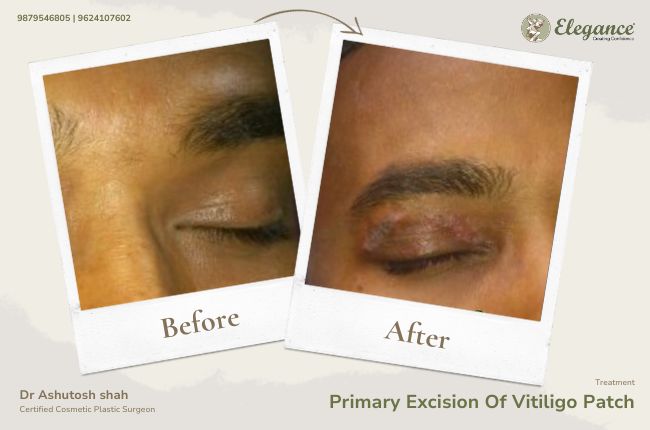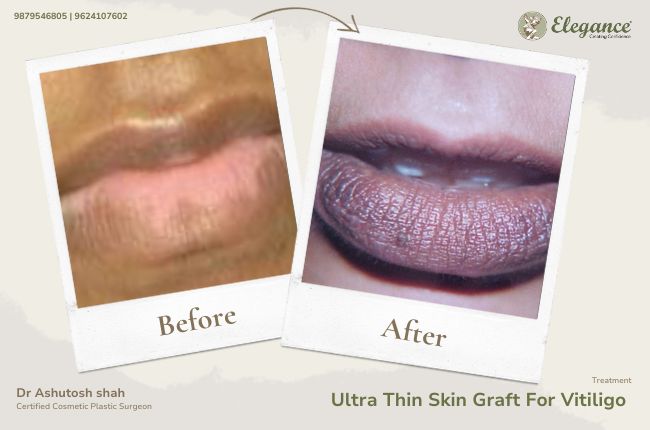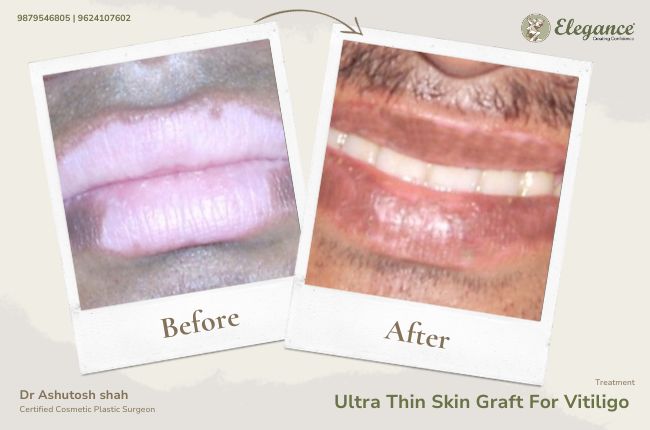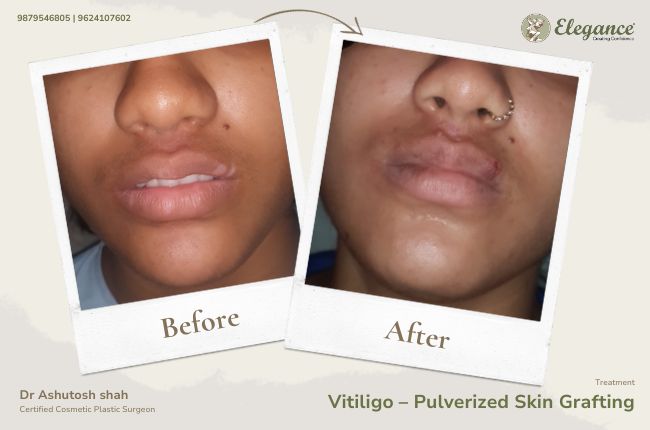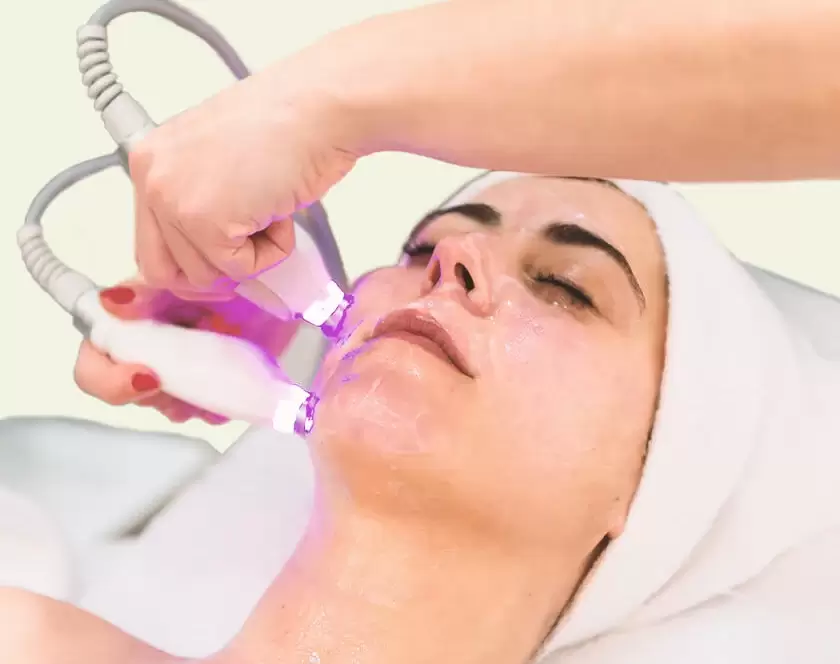White spots on one’s skin are a frequent source of discolored skin lesions related to an infectious disease, allergy, or autoimmune disorder. Skin cancers and precancerous changes may rarely cause white patches on the skin, but these serious causes are much less common. One likely form cause of white spots, or hypopigmentation, is a fungal skin infection known as tinea versicolor. This bacterial disease is not infectious and can be effectively cured with over-the-counter medications. Tinea versicolor is sometimes affiliated with other symptoms, such as skin irritation or dryness in or around white patches.
The first warning that you’re going to have to take seriously is when you see a white spot on any part of your body. Don’t avoid the fact that it might just be a rash. Find it necessary to see a dermatologist as soon as possible, if you can’t have a question. White patches really aren’t deemed a severe or contagious skin disease, but this can end up leaving an immense mark on your self-confidence and impact on how you look, look, and act in society.
White spots, which are often commonly referred to as vitiligo, can’t be healed but can be treated and prevented from spreading. This health problem is a disease that can influence the way of thinking of a person in society for a lifetime.
Dr. Ashutosh believes in the health and safety of patients, so we have the experts who are excellent in their work as well as brilliant experience holders. We welcome you to come to us for the ideal solution for your complications.
If you have any questions regarding our services, please contact us or call at +91 9879546805.
Hear from our patients
EXCELLENTTrustindex verifies that the original source of the review is Google. Had a vericose vein surgery for both legs.such a supportive doctors and team.Special Thanks to Dr.Aashutosh shah,sunnybhai and all the staff members for wondrful service.Trustindex verifies that the original source of the review is Google. Thank you sir your treatment is very goodTrustindex verifies that the original source of the review is Google. Very happy.. Very good service.. Very good staff..Trustindex verifies that the original source of the review is Google. Amazing staff, totaly supportive. Dr ashutosh sir & his Team totaly take care of the patients & does the procedure properly
Frequently Asked Questions
Having doubts and questions? These are few questions our customers normally ask us!
What is the purpose of hymenoplasty surgery?
Hymenoplasty is performed to reconstruct the hymen, which may be desired for cultural, religious, or personal reasons.
Can the hymen grow again?
The hymen does not regrow naturally; however, hymenoplasty surgically restores its presence.
Why is my hymen not opening?
Variations in hymen elasticity and opening are normal. If there are concerns, it’s best to consult a gynecologist.
Can a girl bleed after hymenoplasty?
Some bleeding is possible after hymenoplasty, similar to what might occur with the initial breaking of the hymen.
Can hymen bleed 2 times?
The hymen can only bleed once naturally. Post-hymenoplasty, it may bleed again upon rupture.
Does hymenoplasty restore virginity?
Hymenoplasty reconstructs the hymen physically but does not ‘restore’ virginity in a biological sense.
How many times can hymen bleed?
The hymen typically bleeds once upon tearing. After hymenoplasty, it may bleed again if ruptured.
Can a non-virgin bleed again?
Post-hymenoplasty, a woman may experience bleeding upon the hymen’s rupture, similar to the first time.
Is it necessary to bleed on the first night?
Bleeding is not a universal indicator of virginity or sexual experience. It varies among individuals.
How can a husband know that his wife is not a virgin?
Virginity cannot be determined physically. It’s a personal aspect that relies on trust and communication.
How long does hymen take to heal?
The healing time for hymenoplasty is typically around 6-8 weeks, but it can vary.
Do boys bleed on the first night?
Boys do not experience bleeding related to virginity.
Did your wife bleed on the first night?
This is a personal and private matter, and bleeding is not a definitive indicator of virginity.
Can you bleed if your partner is too big?
Bleeding can occur due to various reasons, including the size of the partner, but it’s not a certainty.
Contact Us
Ready to discuss Treat of White Patches? Fill out our contact form for a confidential consultation.



